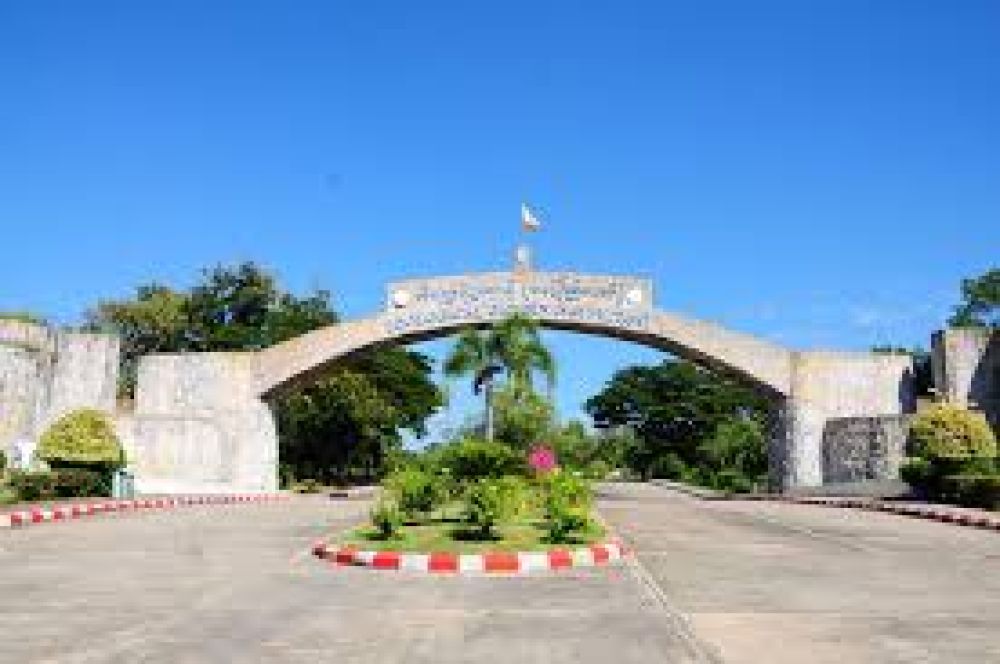

The Zoological Gardens in Naypyidaw, the capital of Myanmar (Burma), have not only served as a central attraction for local and international visitors but also reflect the evolving landscape of tourism in Myanmar. Established as part of the grand development plans when Naypyidaw was named the new capital in 2005, this zoological garden was designed to showcase the diversity of animal species in Myanmar and to promote conservation efforts.
With its inauguration in 2008, the Naypyidaw Zoological Gardens became a symbol of the city's modernity and a source of entertainment and education for visitors. It covers a vast area of approximately 612 acres and houses a rich variety of animal species. Notably, the garden also includes the large Naypyidaw Safari Park, which adds a unique dimension to wildlife tourism in the country.
Tourism in Naypyidaw witnessed a gradual increase as the city's infrastructure developed. The zoological gardens played a pivotal role in inviting tourists to explore Myanmar's fauna. Apart from its natural allure, the garden's features such as the musical fountain, an air-conditioned penguin house, and a watch tower to offer panoramic views enhance the visitor experience.
The international community began to take notice, and with Myanmar's political changes in the 2010s, tourism saw a broader expansion. The zoological gardens gained more attention as part of this wave, with efforts expanding to use the park as a means to educate about species conservation and environmental issues.
The global pandemic of COVID-19, unfortunately, put a damper on tourism worldwide, and the Zoological Gardens were not exempt from its impacts. With travel restrictions and health and safety concerns, visitor numbers dropped significantly.
In response to the challenges posed by the pandemic, there is a growing trend towards sustainable and responsible tourism. Visitors are now increasingly interested in outdoor activities that allow for social distancing, which places like the Zoological Gardens can offer. The park has the opportunity to reinvent itself as a destination for eco-tourism and serve as a model for how tourist attractions can adapt to new health standards and travel preferences.
The Zoological Gardens in Naypyidaw hold a great deal of potential in contributing to Myanmar's tourism sector. As the country continues to develop and open up to international visitors, it is expected that the gardens will adapt to the latest trends and emerge as a hub for wildlife tourism and conservation education.
Note: The information provided is subject to change, and visitors should always check the latest travel advisories and local guidelines before planning their visit to the Zoological Gardens in Naypyidaw, Myanmar.